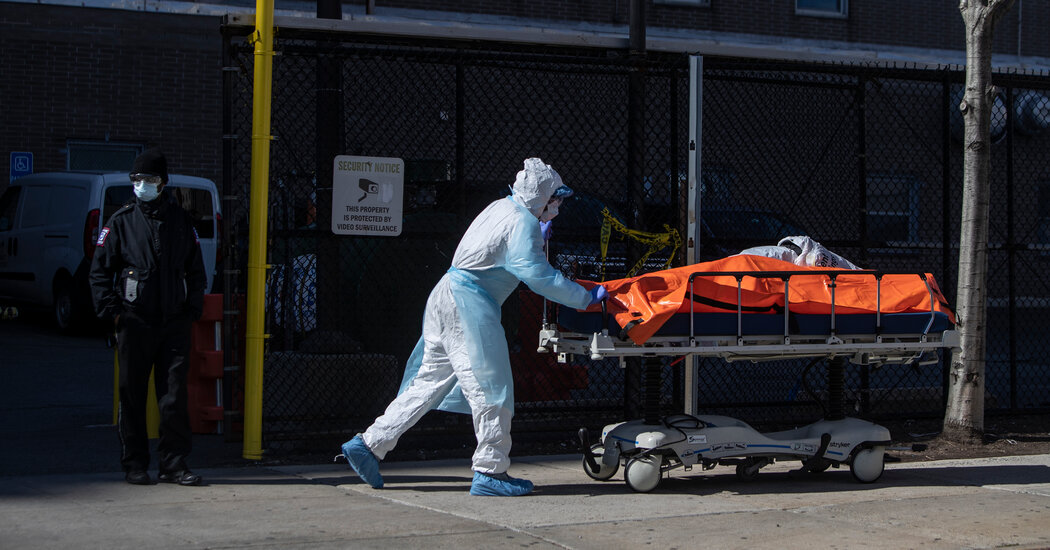
“It’s a very emotional thing for some families, whether or not they want it on the death certificate,” Dr. Gill said. “It shouldn’t be. It’s a public health matter.”
In spring 2020, Dr. Gill said, he became concerned that Connecticut was overlooking Covid-19 deaths, especially among nursing home residents whose complicated medical histories can sometimes obscure causes of death. In a few hundred cases, he said, the medical examiner’s office conducted deep nasal swabs on bodies at funeral homes. The team found a number of cases.
With China refusing to share more information about its own early cases, the World Health Organization recently said that it was helping researchers dig into reports of cases in late 2019 outside of China. In Italy, researchers have reported coronavirus antibodies in blood samples from September 2019, as well as signs of the virus in a patient’s skin sample from November of that year. Some scientists, though, have questioned both findings.
“The further back you can go, the more informative it may be — if you do have true, confirmed cases,” said Marion Koopmans, a Dutch virologist whose lab retested the Italian blood samples and could not confirm the earliest cases. She added, “For declaring a much earlier introduction of the pandemic virus into a region, you have to have a high level of certainty.”
An analysis of American blood tests published this summer suggested that the virus may have been circulating in Illinois as early as Dec. 24, 2019, though scientists have said that those methods, too, are fallible.
Keri Althoff, an epidemiologist at the Johns Hopkins Bloomberg School of Public Health and lead author of that study, said that small clusters of cases could have developed without igniting a full-blown epidemic. “Where Covid was seeded in the U.S. is not fully known,” she said, “but it wasn’t likely to have been a single seed.”
Alyssa Lukpat contributed reporting, and Susan Beachy contributed research.







